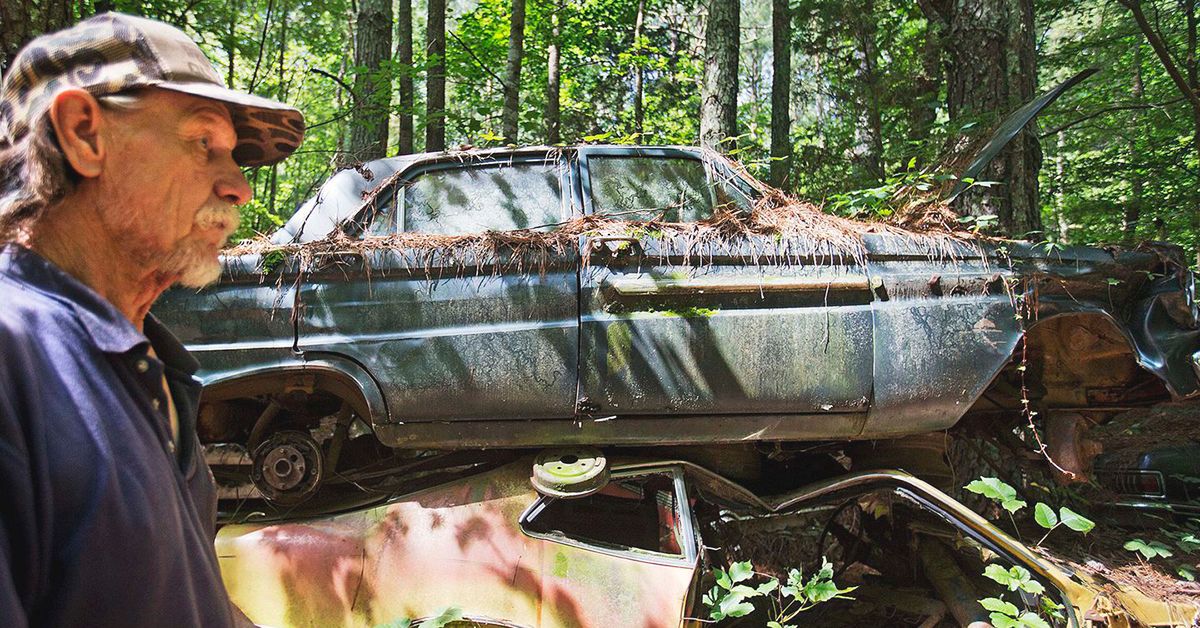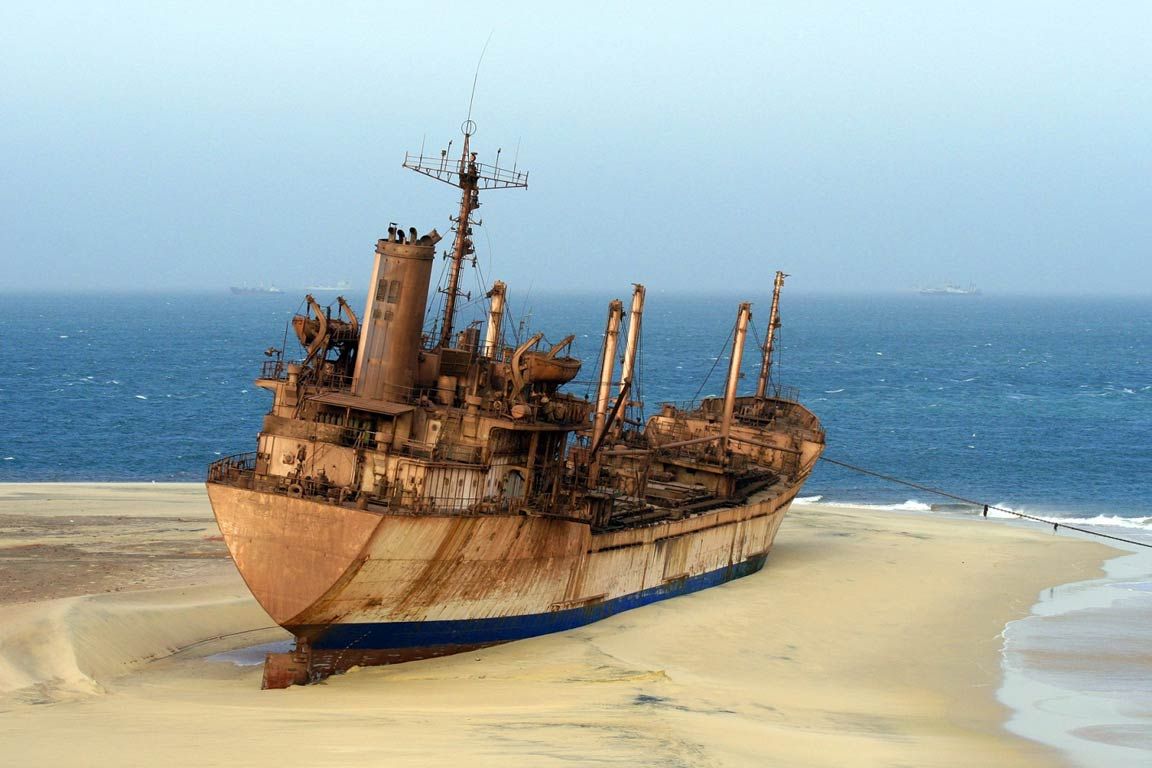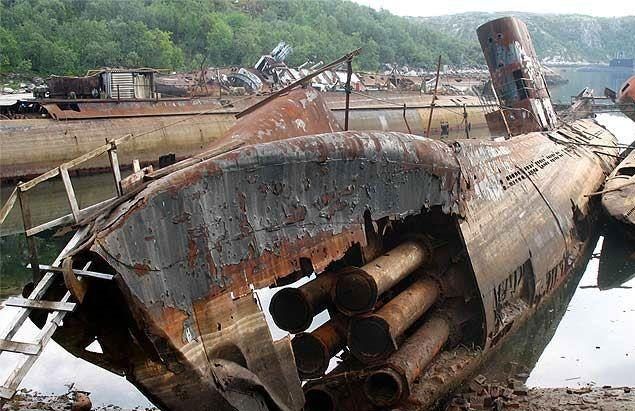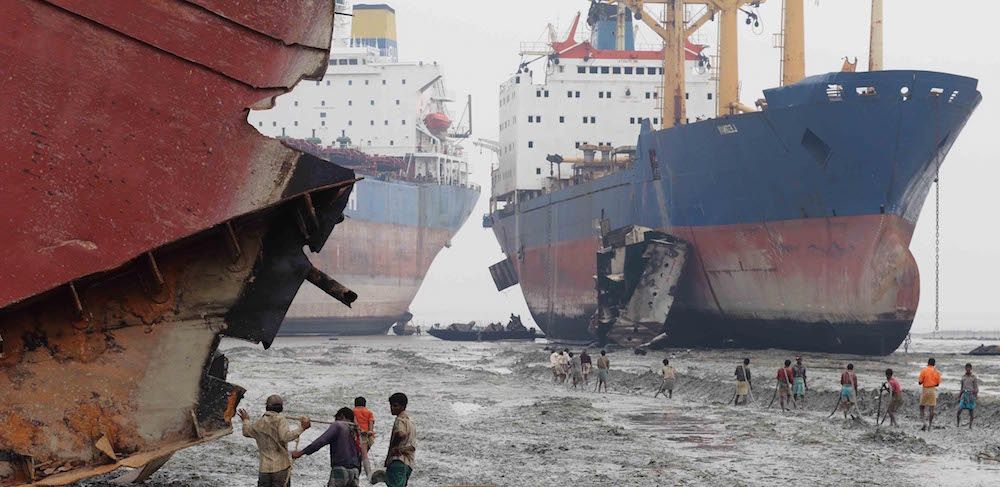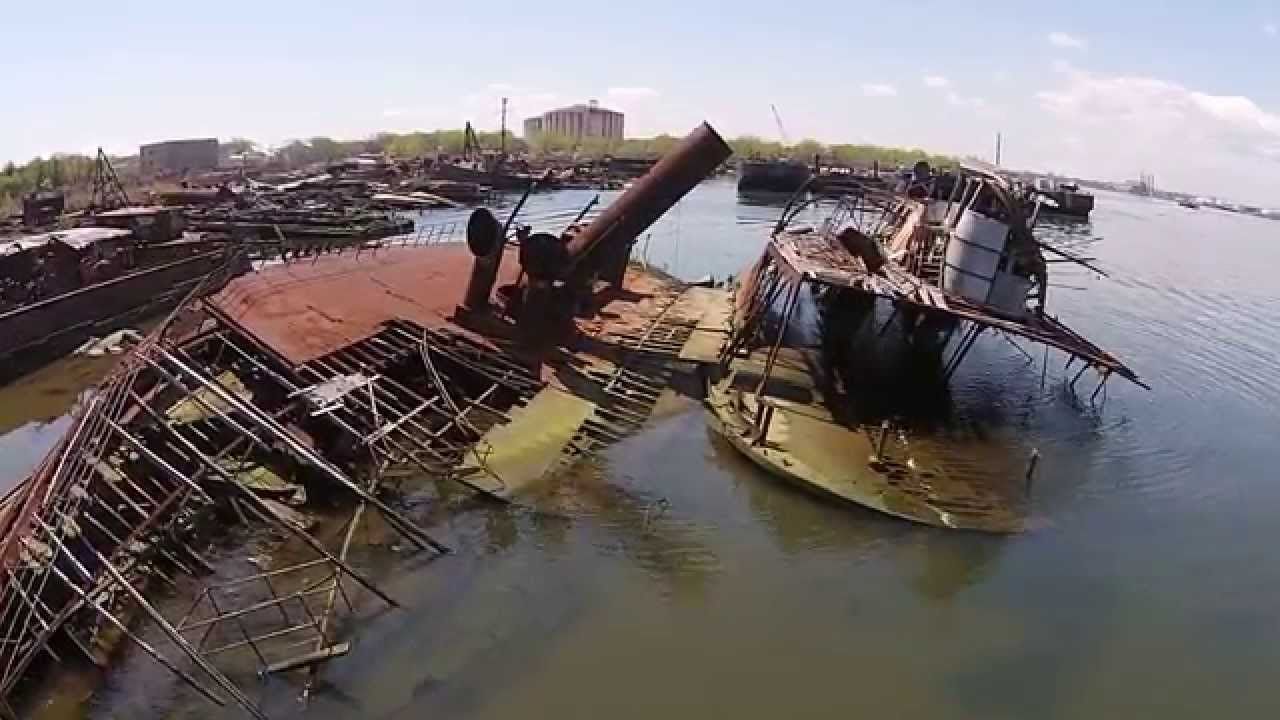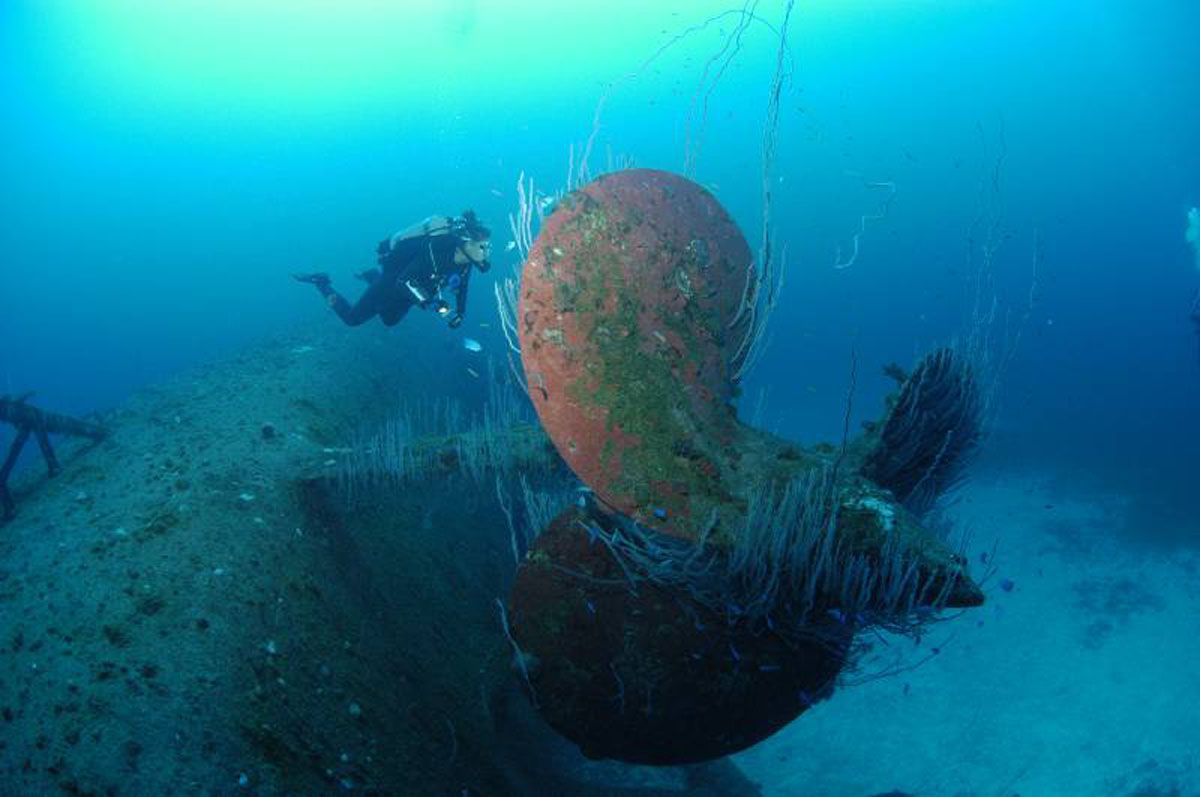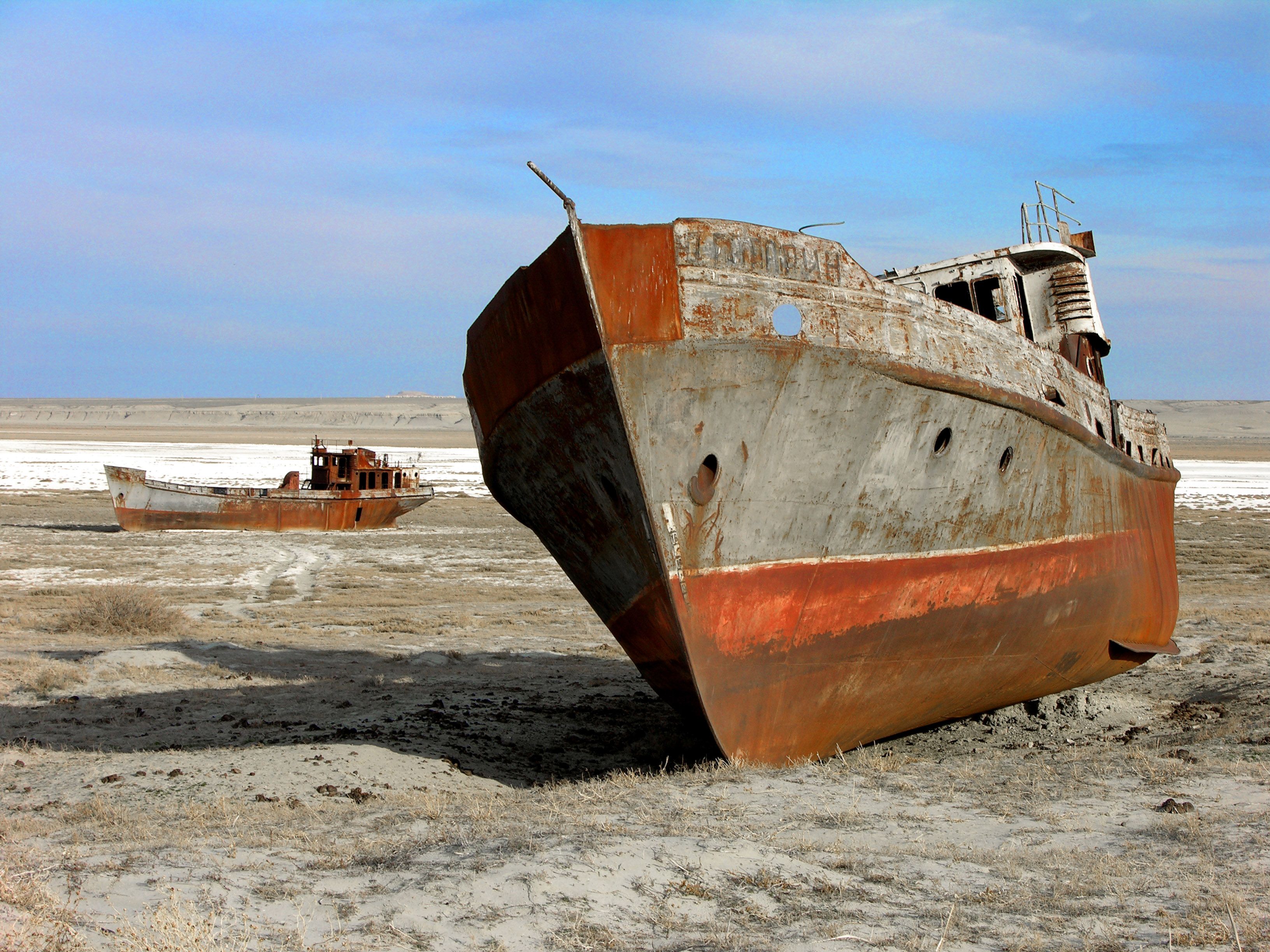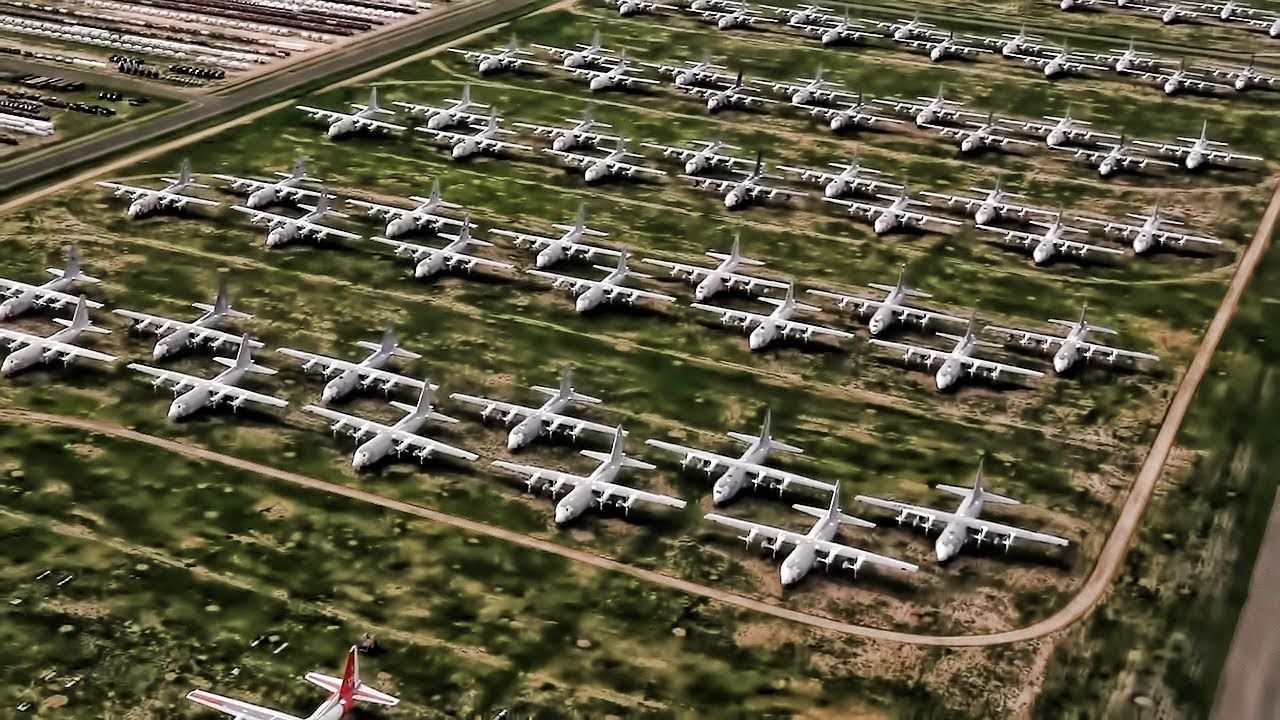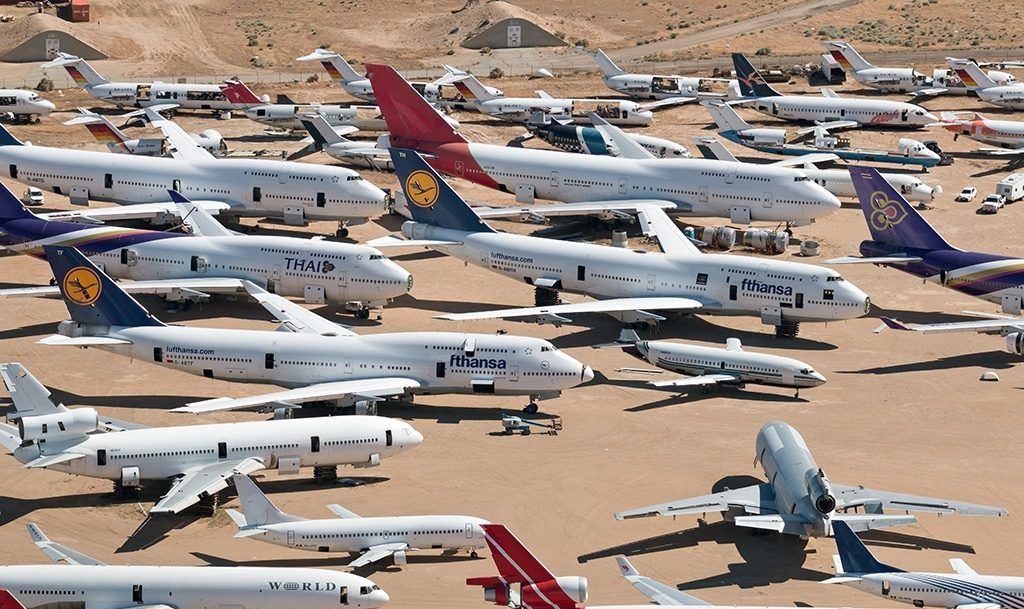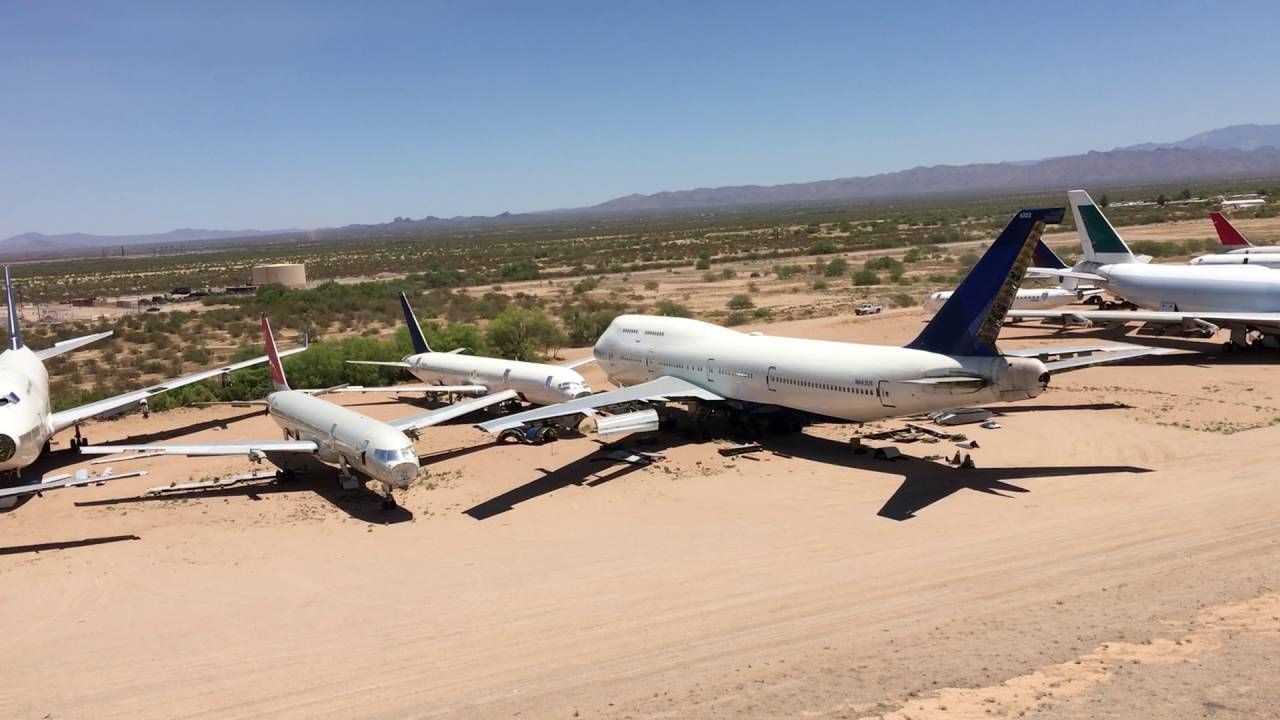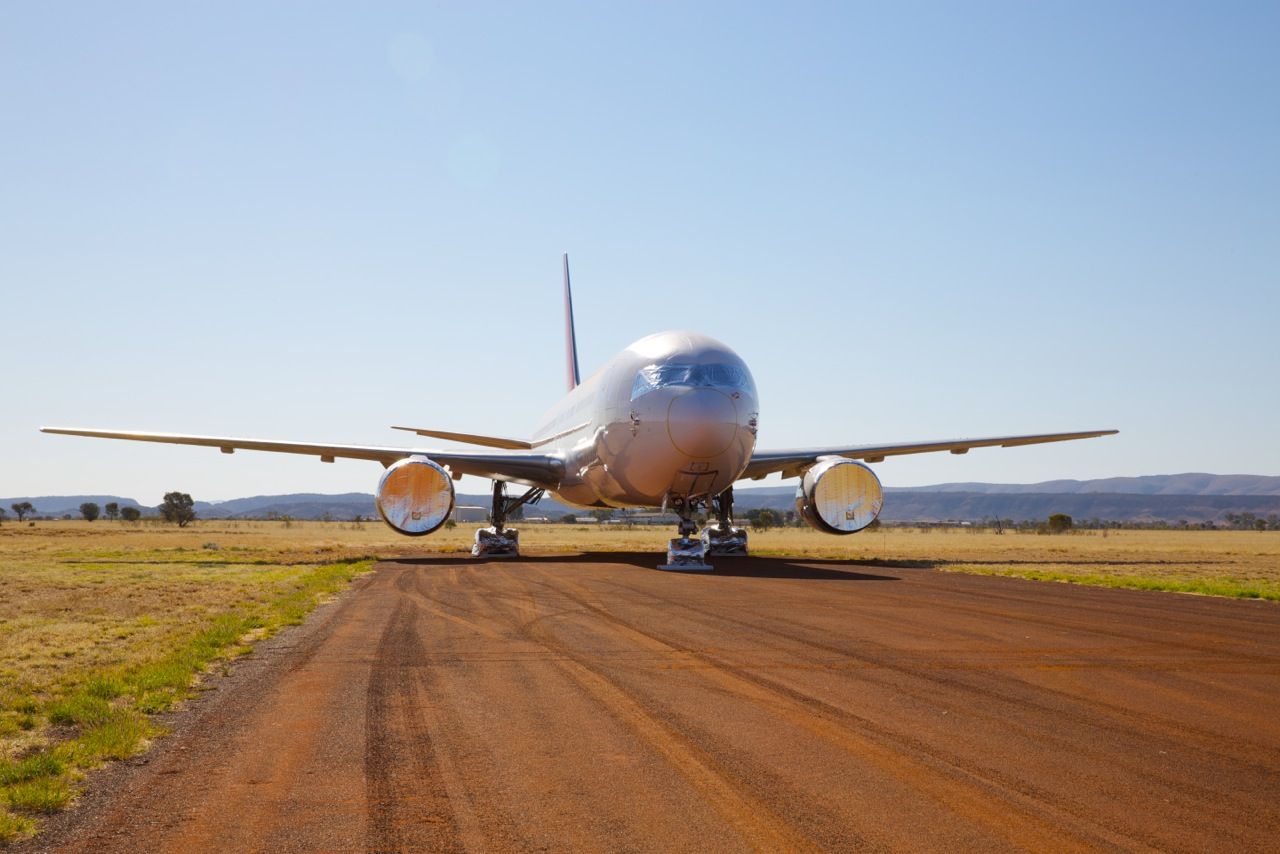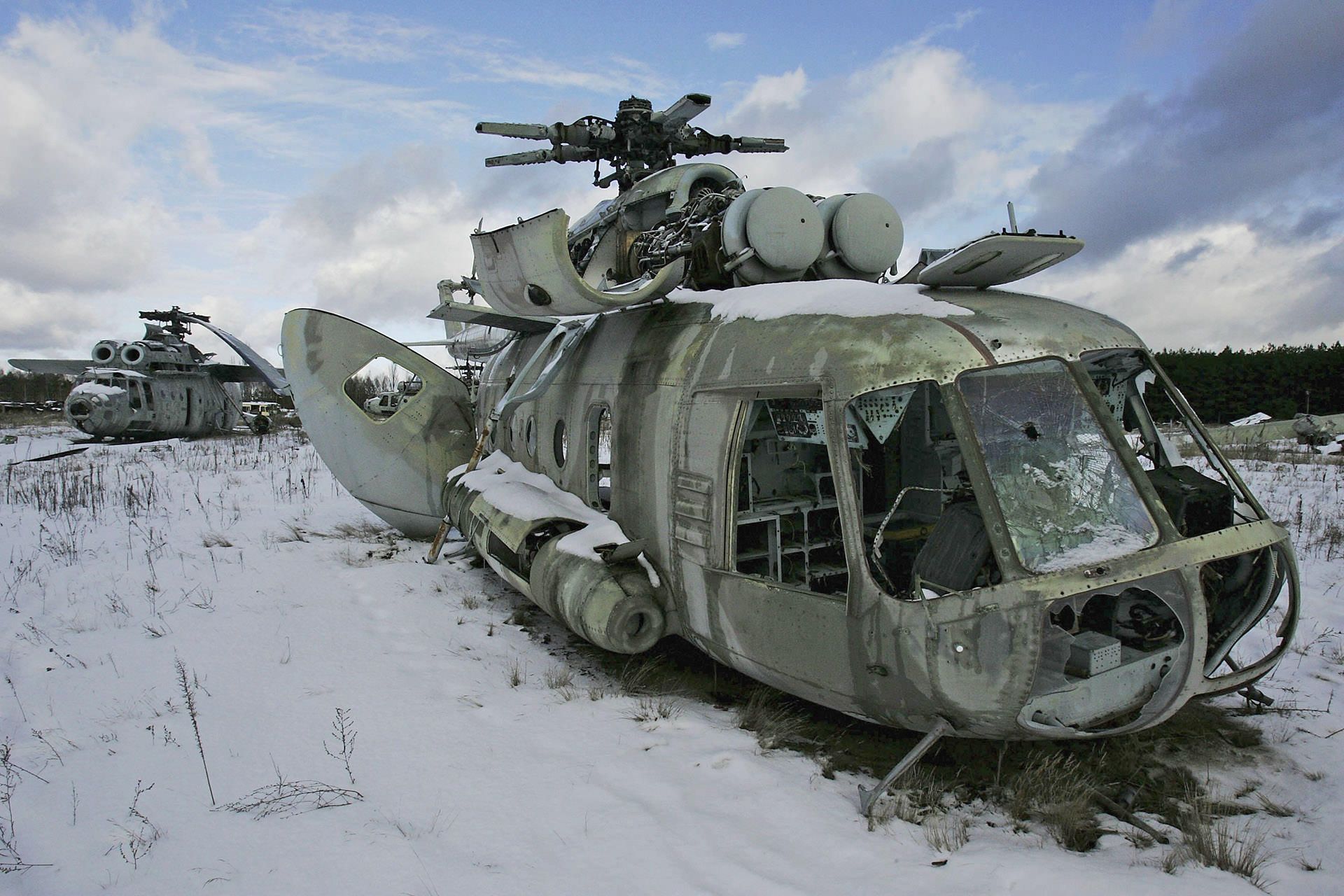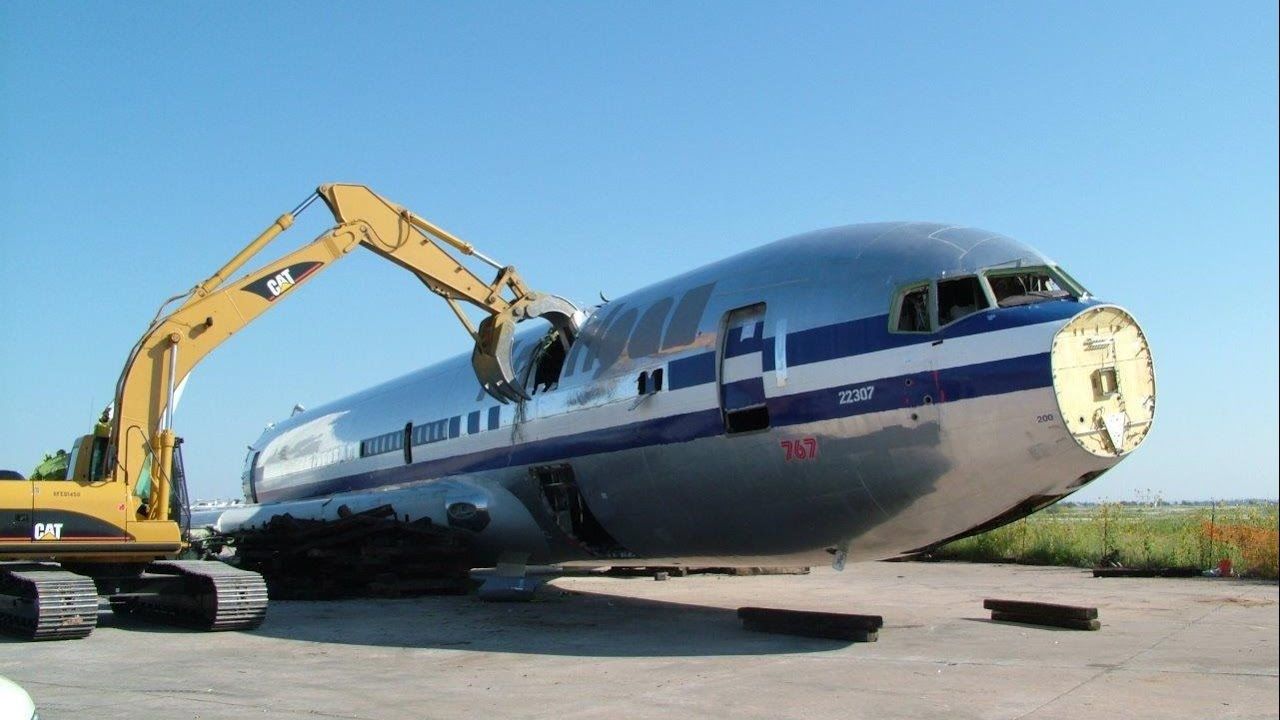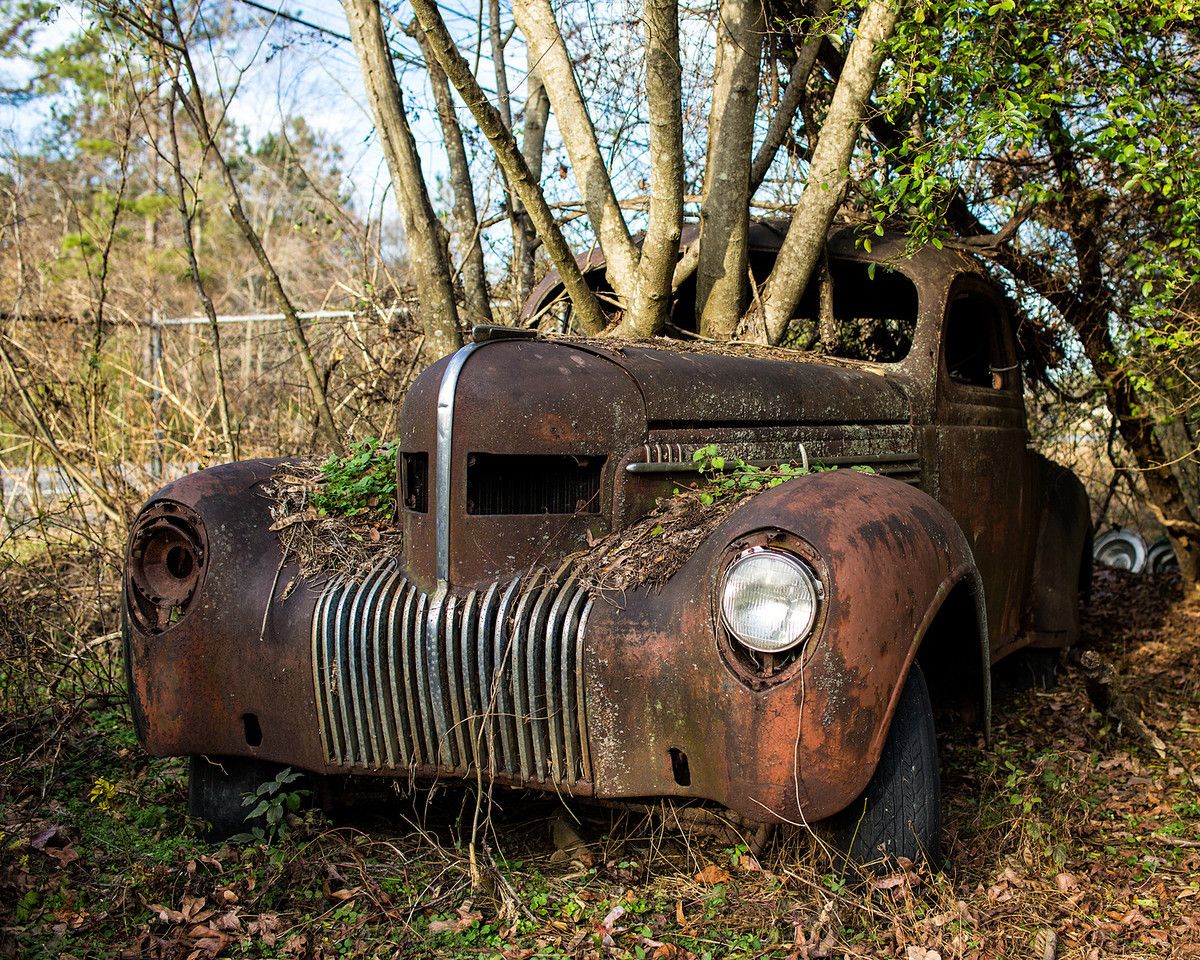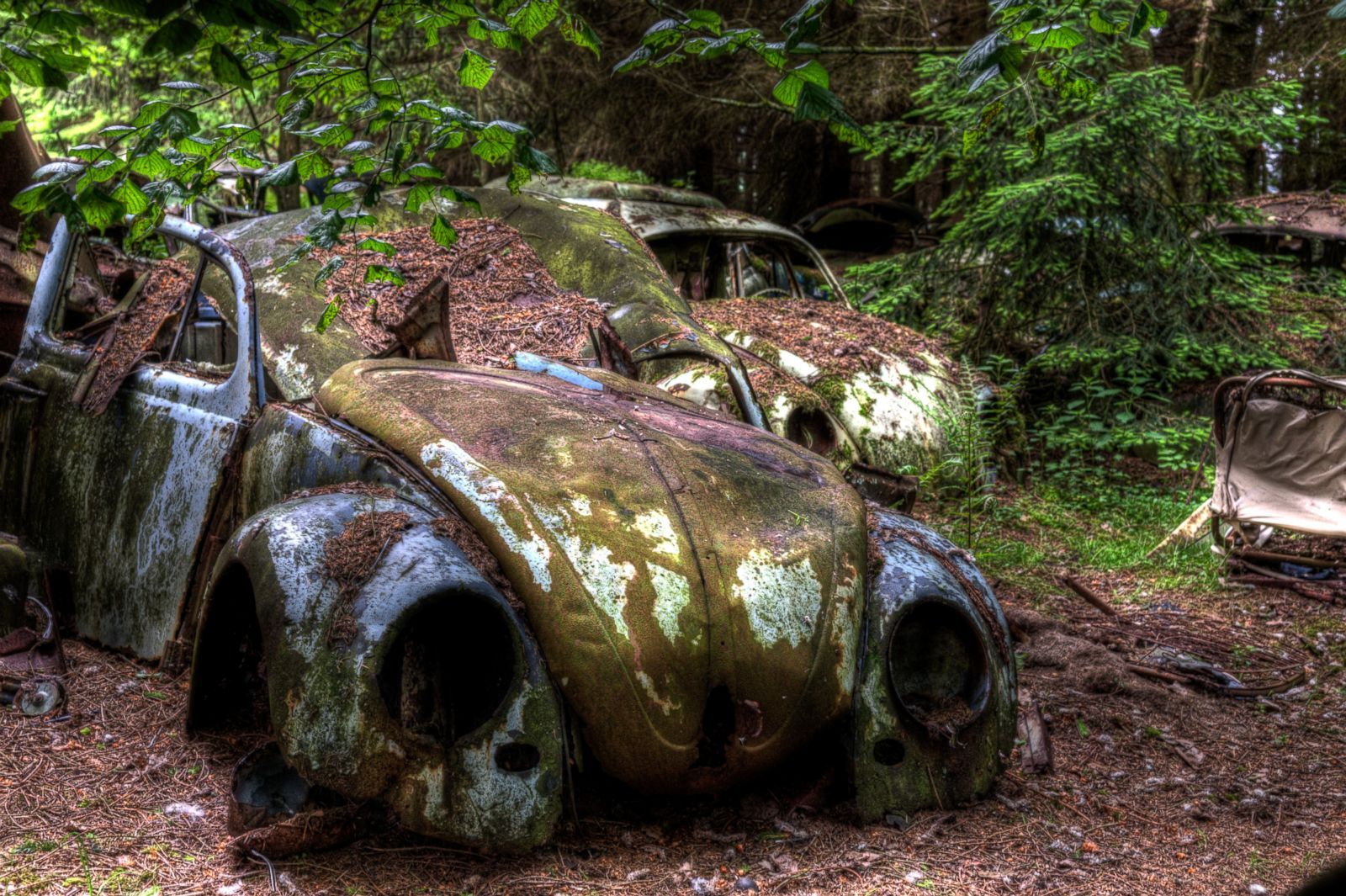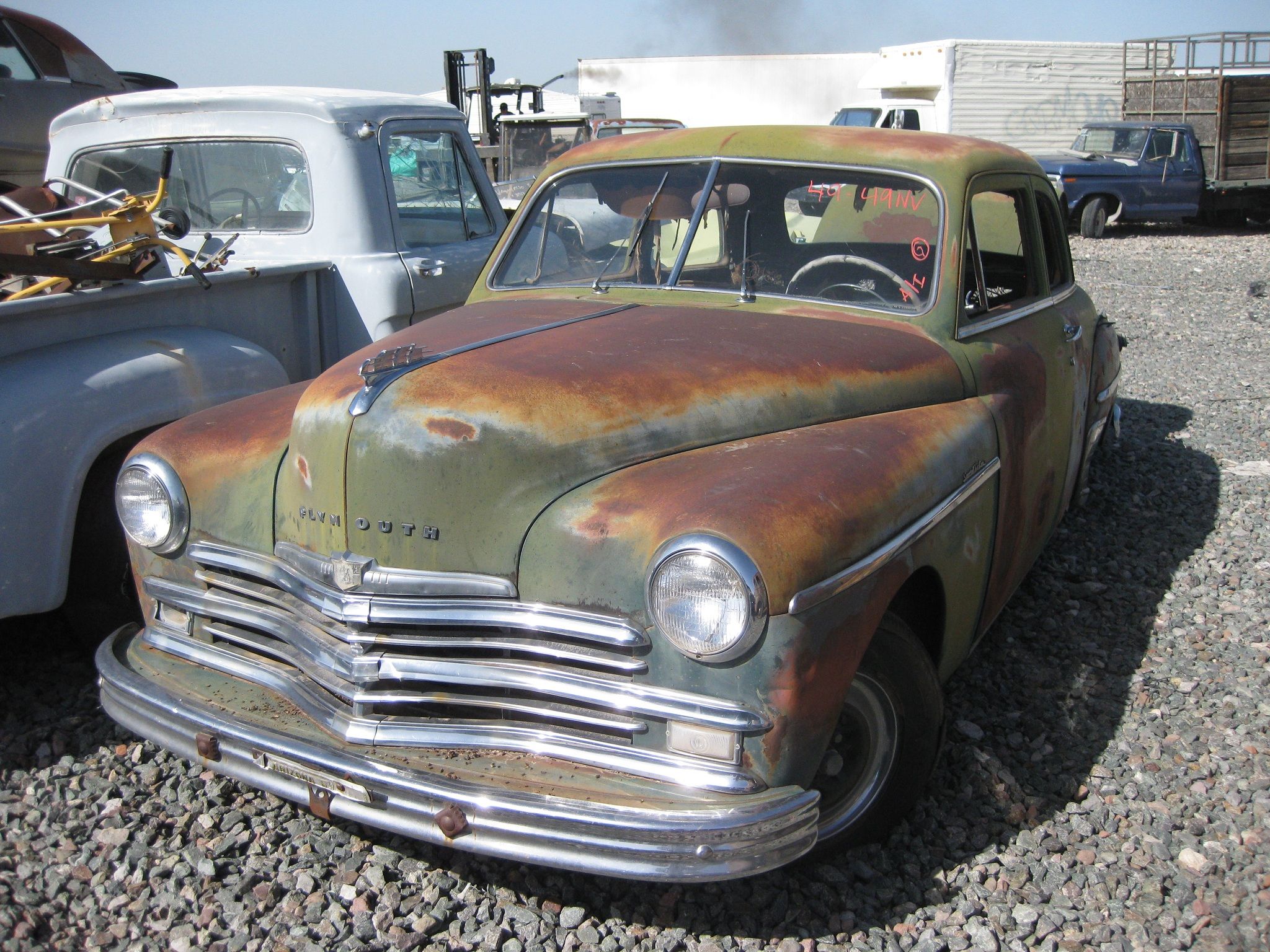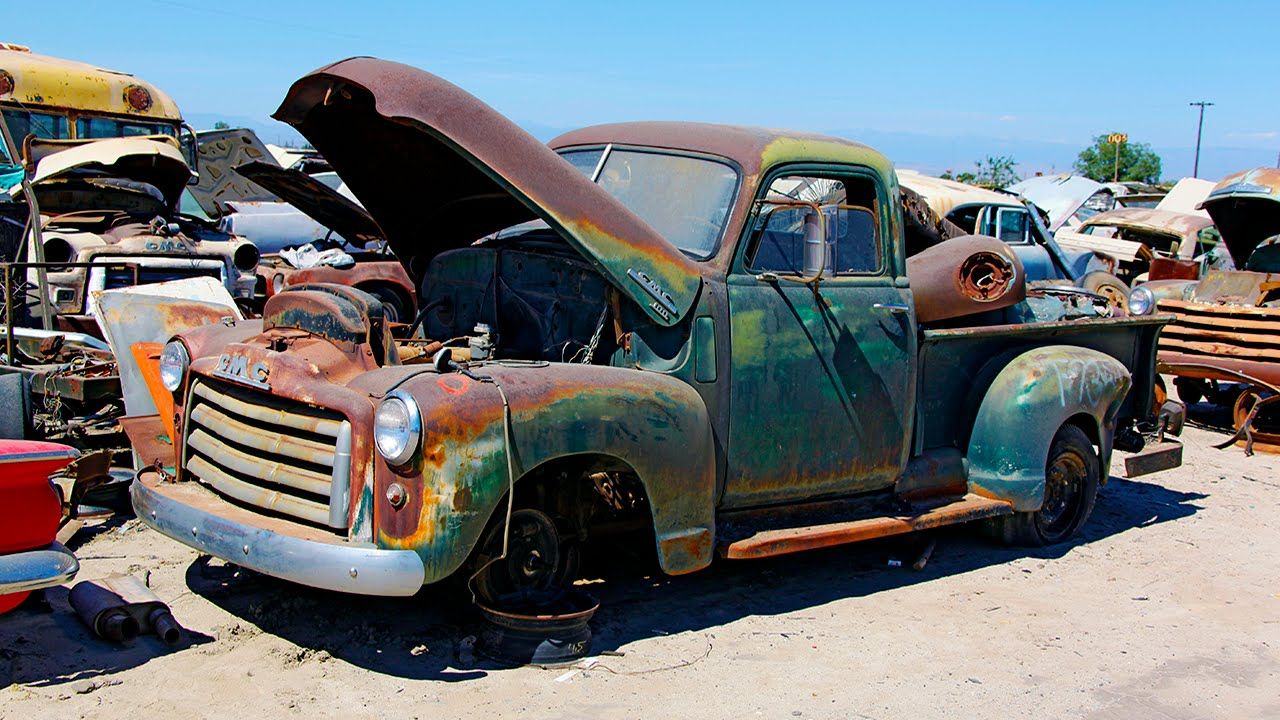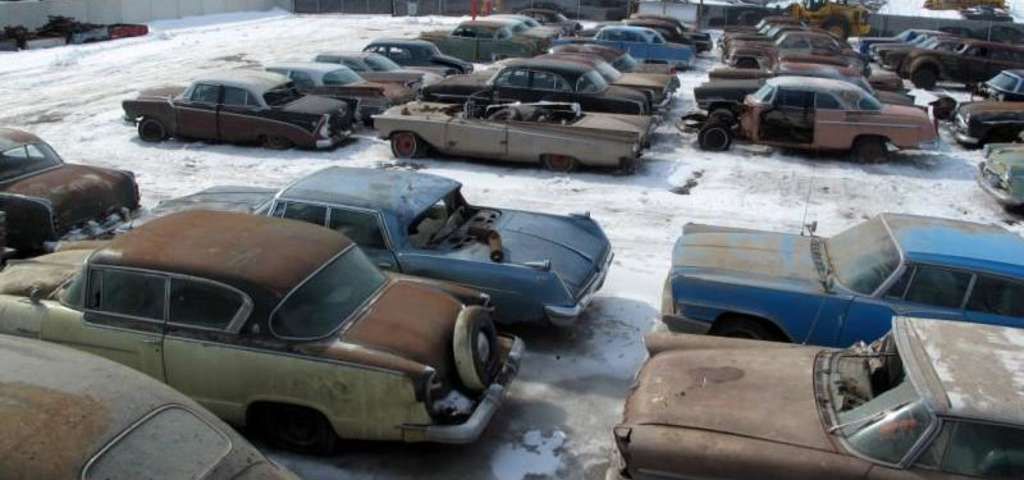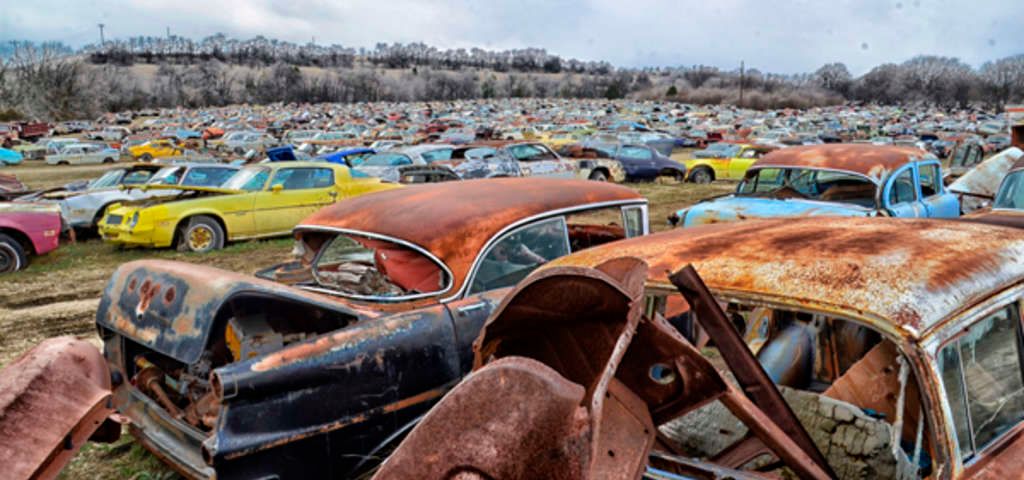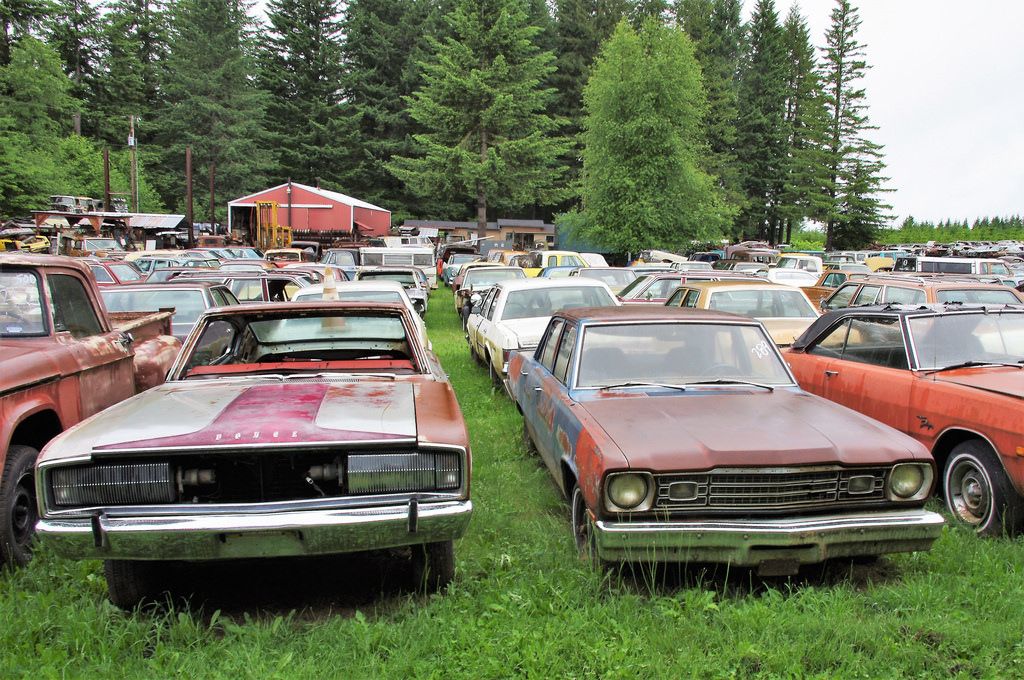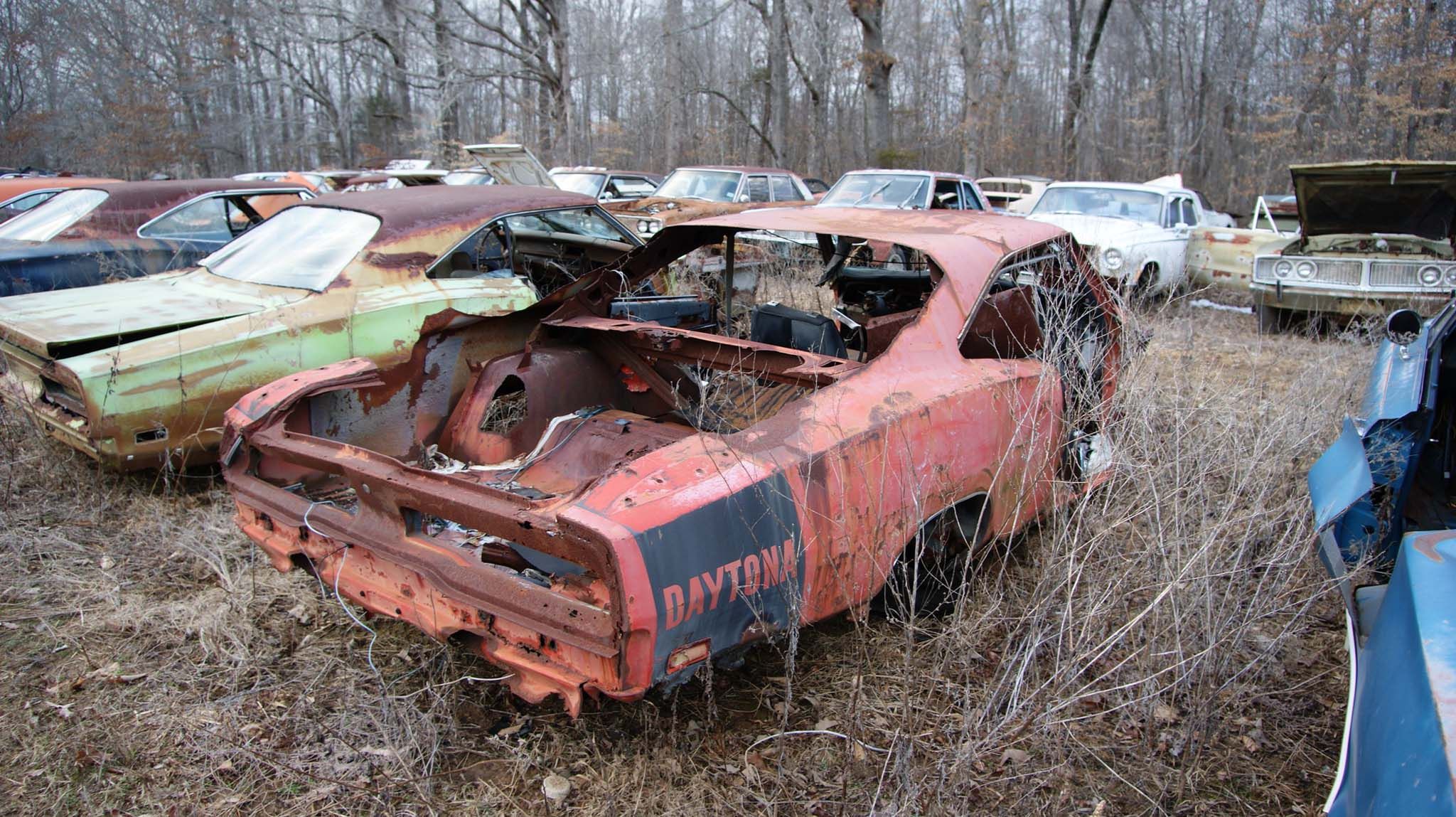Junkyards, regardless of the type or mode of transportation, be it auto, airplane, or boat, generally perform the same function. They dismantle to salvage reusable parts or sell as scrap metal.
Automobiles: junkyards or wrecking yards purchase old cars or vehicles that have been damaged to the point that repairs cannot be financially justified.
Junkyards inventory the usable parts and record their locations among a huge number of cars in varying states of decay. Some junkyards remove the valuable parts and store them in a warehouse to stop the decay process and protect them from the effects of weather.
Parts are sold to individual customers, who are usually responsible for installing the part themselves. Larger parts such as engines are often sold to used auto part companies, which repair them and sell them to car builders and garages. Unusable parts are usually sold to scrap metal recycling companies.
Airplanes: Commercial airliners have limited lifespans. Eventually, they are retired from service, stored in "airplane boneyards," and finally dismantled and scrapped. These airliner boneyards provide several types of services: temporary storage pending return to service, maintenance and overhaul, parts reclamation, scrapping, and recycling.
Ships: A ship graveyard is a place where old ships, which have completed their service life, are abandoned to disintegrate naturally. A common practice in ancient times, today, the introduction of various environmental and waste regulations makes it difficult to dump old or decommissioned vessels carelessly. Ships are now dismantled or scrapped for recycling their metal or removing dangerous material like asbestos.
The following are 25 of the biggest junkyards in the world.
25 Bay of Nouadhibou
The largest ship junkyard in the world was created by decades of corruption. Located in Mauritania, more than 300 rusting vessels can be found both in the water and on land.
The Bay of Nouadhibou was used as a ship dumping ground when the local government allowed ship owners to abandon their vessels. Dismantling large boats is an expensive process, and many dishonest owners discovered that for a reasonably small bribe to the local authorities they could simply abandon their unwanted vessels in Nouadhibou Bay. Unlimited dumping led to an accumulation of hundreds of ships brought from all over the world. Naval cruisers, cargo vessels, and fishing trawlers are just a few of the varied types of boats that have amassed over the years.
24 Soviet Submarine Graveyard on the Kola Peninsula
Quietly resting semi-submerged in the icy water beneath the ruins of several abandoned buildings near the Russian naval base of Olenya Bay, rusting submarines are harsh reminders of the once expansive and ruthless machine. Still accessible only to authorized personnel with a security clearance, the wrecks are little more than contaminated shrines to the collapsed Soviet Union and its one-time might.
Although several abandoned submarines were reportedly scrapped more recently (the 1990s), most of the bleak collection includes decaying submarine hulks that date back to the 1970s.
During that time, shipyards struggled to meet the sizable army demand for new ships, lacking the resources to dismantle and decommission older vessels. As a result, some were destroyed during target practice, while others were abandoned at nearby Nezametnaya Cove.
23 Alang Ship Breaking Yard
While many of the world’s ship junkyards contain abandoned vessels left to rust and decay, the largest ship-breaking junkyard located in Gujarat, India, focuses on dismantling.
Alang oversees ship dismantling for nearly 50% of the world’s vessels. Different types and sizes, including container ships, car ferries, large supertankers, and ocean liners are disassembled. In 2009, the longest ship ever built, Seawise Giant, was marooned there for demolition. Beached at high tide, hundreds of workers enter the beach at low tide to dismantle each ship and salvage what they can. The rest is reduced to scrap. Reports indicate, more than 6,900 vessels have been dismantled at Alang over the last three decades.
22 Staten Island
The Staten Island Arthur Kill boat junkyard began at the end of World War II when Witte Marine Equipment Company welcomed abandoned ships for the purpose of dismantling them, selling the salvaged scrap metal, and harvesting them for anything of value.
However, the boats accumulated faster than the company could pull them apart, and so they are now sitting stuck in the muck and the mire.
Also known by the names Witte Marine Scrap Yard, the Tugboat junkyard, and the Donjon Iron and Metal Scrap Processing Facility, the junkyard has become well-known for tugs and barges and is a haven for scuba divers.
21 Bikini Atoll
Located in the Marshall Islands, the Bikini Atoll is known for the United States nuclear testing program conducted there between 1946 and 1958. A series of 23 nuclear devices were detonated at seven test sites. More than 90 sunken vessels were used for the testing including the USS Arkansas, USS Saratoga, USS Pennsylvania, and USS New York.
The Bikini Atoll region is now a UNESCO World Heritage Site and is a popular destination for recreational scuba-divers and researchers. Scientists recently discovered that the Atoll coral reefs, which had been completely destructed during the nuclear testing period, are showing signs of re-growth and resurgence.
20 Aral Sea
The Aral Sea is the location of a well-known ship junkyard in the Eurasian country of Uzbekistan. Once one of the four largest lakes in the world with a thriving fishing industry, it has been shrinking at an alarming rate since the 1960s.
The area was reduced to a junkyard when the Soviet government diverted two rivers that fed the sea to irrigate the desert for a variety of export crops including cotton.
Now only 10 to 15 percent of its original size, the Sea has split into several smaller bodies of water and is famous for its ship junkyards, symbolizing the collapse of an industry and the effects man can impose on nature.
19 Davis-Monthan Air Force Boneyard
Davis–Monthan Air Force Base is located within the city limits approximately 5 miles from downtown Tucson, Arizona.
The base is best known as the location of the AMARG (Air Force Materiel Command's 309th Aerospace Maintenance and Regeneration Group), the aircraft boneyard for all excess U.S. government, army, and aerospace vehicles. Storage of army aircraft began after World War II, and the site has evolved into "the largest aircraft boneyard in the world."
The area's low humidity (10%-20%), skimpy rainfall (11 inches annually), hard alkaline soil, and high altitude of 2,550 feet provides ideal conditions for airplane preservation. More than 4,400 planes currently reside in the Arizona desert at “The Boneyard,” These stored aircraft are waiting to be reused or cannibalization for parts.
18 Mojave Air and Space Port
Spanning 3300 acres at the heart of the California desert, the Mojave Air & Space Port, a world-renowned flight research center, hosts the latest and most advanced aeronautical designs. More than 60 companies have facilities there with activities including flight test and research, light industrial to highly-advanced aerospace design, and heavy rail industrial.
The vast area and dry desert conditions at the Mojave area airport also provide commercial airliners with an ideal location for storage and reclamation. Numerous Lockheed, McDonnell Douglas, Boeing, and Airbus jetliners including wide-body aircraft previously or currently owned by major domestic and international airlines are stored at Mojave.
Aircraft that reach the end of their useful lifetime are scrapped at the Mojave aircraft boneyard, while salvageable planes are refurbished and returned to active service.
17 Pinal Airpark, Arizona, USA
Standing outside Pinal Airpark's chain-link fence provides a good view of its 100-plus airliners in varying states of decay. It appears to be little more than a boneyard, but the gleaming white 747s suggest something more.
Built in WWII, the facility was rumored to be the CIA’s headquarters for air operations during the Vietnam War. If the rumors are true, at one time in its 73-year history, Pinal Air Park was one of the most secure, and secretive, airfields in the world.
Faded logos on jetliner fuselages, planes with the engines removed, and those with a red “X” taped to their noses, are evidence that some aircraft have been there for three decades or more. The factory-direct new airliners are stored because a deal fell through or an aircraft-leasing company had no immediate use for them.
16 Alice Springs Airport Airplane Boneyard
"If you're going to put an aircraft into storage, the primary concern is to make sure it's in an environment that preserves the asset," says Tom Vincent, developer of the Alice Springs Boneyard. "The reason why we're here is the climate — low humidity — it's good for preserving equipment like that."
Located in the middle of Australia, a collection of aircraft parked in the red dirt come in all shapes and sizes, from airlines all over the world. The facility is often referred to as an "airplane graveyard" but Mr. Vincent said that was a bit of a misnomer.
"All of the aircraft here are actively maintained and re-activated." Vincent said.
One was recently ferried up to Singapore, and another was destined for Europe at the end of the year.
15 Chernobyl
The event at Chernobyl represents the most catastrophic accident in the history of nuclear power generation resulting in 31 direct fatalities and an estimated more than 2000 indirect fatalities.
Thirty-two years after the nuclear accident, many of the contaminated vehicles used in the clean-up operation and exposed to incredibly high levels of radiation remain in junkyards in the massive exclusion zone around the reactor.
Rows of vehicles sit awaiting a final solution at the largest junkyard, Rassokha, located 25km south-west of the power plant. Huge trenches contain the fire engines that went to the power station on the night of the explosion, while others can still be found rotting into the ground. The decaying relics are a silent reminder of the world’s worst nuclear accident.
14 Roswell International Air Center (ROW) and Boneyard
Perhaps better known for the Roswell New Mexico UFO sighting incident in 1947, the airfield was formerly the Army International Airfield during WWII and Walker Air Force Base in later years. When it closed in 1967, the facility was the largest air base of the Strategic Air Command (SAC) with more than 4,600 acres.
The Roswell International Air Center (RIAC), developed after the base closed. Airlines from around the world including American Airlines, Hawaiian Airlines, United, Air Canada, UPS, Scoot, Polar Air Cargo, and many others, store, repair and obtain parts from the giant aircraft at Roswell. At any given time, up to 300 jetliners may be stored or being reworked at the facility.
13 Old Car City, White, Georgia
Once a general store and then a used car parts dealership, the Old Car City woodland property has belonged to the Lewis family since 1931. With time, the family accumulated cars while the trees surrounding their business slowly grew and blended with the rusting vehicles, resulting in a unique landscape that is both natural and humanmade.
Today, professional and amateur photographers alike wander around and snap pictures of the mossy and metallic wonderland.
Most are 20th-century vehicles and the classic cars from the 1950s through the 1980s seemed to be arranged in no particular order. Visitors can walk trails with signs to guide them while observing pieces of automotive history. With more than 4,000 cars and trucks, Old Car City is one of the largest automobile junkyards in the world.
12 Châtillon, Belgium
Lines of abandoned cars with branches and vines of foliage that twist around the rusted and broken metal, sit in an overgrown Belgium forest.
One story claims that the sea of dented and smashed up automobiles once belonged to US Soldiers stationed in Europe during World War II. When the war finished and they were preparing to leave, the soldiers realized that they had no means of transporting their vehicles back home. The small village of Chatillon provided the perfect place to hide their vehicles, up a hill and hidden away among the trees until the soldiers could return to retrieve them.
Although the legend is untrue (most of the abandoned cars were built after WWII) the junkyard is still one of the most beautiful in the world.
11 Desert Valley Auto Parts
Featured on the Discovery Channel reality show, “Desert Car Kings,” Desert Valley Auto Parts has more than 10,000 rust-free vehicles parked at their 100-plus acre facility on the edge of the Phoenix metropolitan area.
The dry Arizona desert provides the ideal climate for a car junkyard because cars don’t rust like they do in other locations.
The junkyard is paradise for collectors and restoration enthusiasts looking for parts from American-made vehicles manufactured in the 40s, 50s, and 60s. However, the McClure family, who started the business in 1993, not only sell parts but they also restore classic cars themselves. Often, the vehicle selected for restoration is already on site and part of their vast collection of wrecks.
10 Turner's Auto Wrecking, Fresno California
Turner's Auto Wrecking has autos dating back to 1928 and specializes in antique/classic cars, trucks, and parts.
Owner Jerry Turner grew up on the property and has been living there since 1932. His passion for autos began when he was only seven years old, the year his father bought him a Model T for $10. In 1961 Jerry started his auto wrecking business, and as it grew, he purchased five other neighboring properties. By the 90s, he also acquired an airstrip running at the middle of his vast property.
Hot Rod Network wrote: “We posted a gallery of photos of the 100-acre junkyard of vintage cars at Turner’s Auto Wrecking in Fresno, California, and it boomed into one of hotrod.com’s most-viewed pages ever. People are delirious for this stuff…[at Turner’s] more crazy parts stacked up than you’ve ever seen in one place.”
9 French Lake Auto Parts
French Lake Auto Parts was already a well-known auto junkyard near Minneapolis that houses more than 10,000 cars and trucks from the early 1900s to the present when it was featured in an episode of the Discovery Channel’s “Fast n’ Loud” in 2014.
Fast n’ Loud is a TV program about several car enthusiasts including Richard Rawlings, Dennis Collins, Tom Smith, and Tony Taylor who own Gas Monkey Garage (GMG) and explore the country searching for rare old cars.
“We’ve been doing the same thing they [Gas Monkey Garage] are doing, just not on TV,” said French Lake Auto Parts owner Skip Nolan.
“They were amazed at how much stuff we had,” Skip said. The GMG group found the car they wanted for the show, a rare 1969 Boss 429 Mustang, and purchased it for $125,000.
8 CTC Auto Ranch
The Williamson brothers came from humble beginnings to build one of the most popular salvage yards in the country for enthusiasts refurbishing a muscle car from the 1960s and 1970s.
In 1985, their used car business was struggling. When they failed to sell a 1947 Dodge pickup multiple times, even for as little as $300, they decided to try just selling parts from the truck. They listed the truck parts in a motor news magazine and ended up selling enough components from the old truck to earn $3,000. Their auto parts business was born.
Now CTC Auto Ranch is one of largest classic car junkyards in the country, and they sell parts all over the world. It started with just 80 cars and has grown to over 4,000 classic and antique autos.
7 Wildcat Auto Wrecking
Hot Rod Network wrote about Mopar enthusiasts: “Unlike some of those nancy-boy car-show types who pay to have their spark plugs changed and tires rotated, we Mopar guys do it all ourselves. We find the car, tear it apart, build the drivetrain, piece it all back together, and go thrash it out on the streets and do gnarly burnouts. That’s what being a Mopar guy is all about. And since we’re Mopar guys, we’re focusing our sights on some of the best Mopar-specific salvage yards in the nation.”
One of those is Wildcat Auto Wrecking, located in Sandy, Oregon. It is the only “all MoPar” wrecking yard in the Northwest. In business since 1990, their seven-acre lot hosts an 800-car inventory from the 1930s through the ’70s.
6 Stephens Performance Salvage Yard
John D. Rockefeller once said, “I always tried to turn every disaster into an opportunity.”
Mr. Stephens did the same thing in 1975 when he accidentally crashed a 1968 Dodge Super Bee into a telephone pole. He sold off the parts, learned the salvage business, and grew his business into a world-renowned Mopar salvage yard with more than 700 cars.
Located in Anderson, Alabama and considered by many to be the largest Mopar junkyard in the world, Stephens Performance Salvage Yard is full of Dodge Chargers (mostly) and Challengers.
Since their inception, Stephens Performance Salvage Yard has handled only Mopars. They state, “We drive, race, and restore them-just like you. If you own a Mopar classic from 1962-1974, we are your One Stop Shop.”

